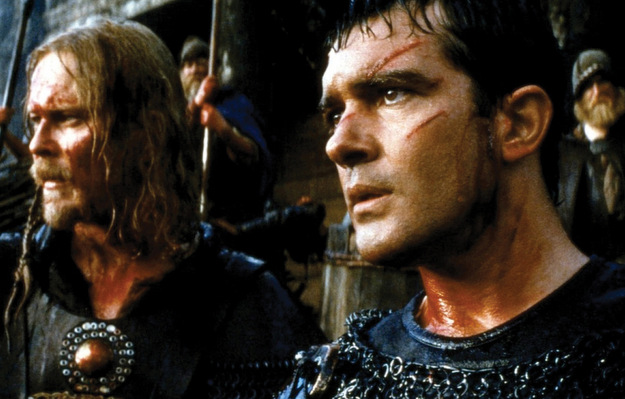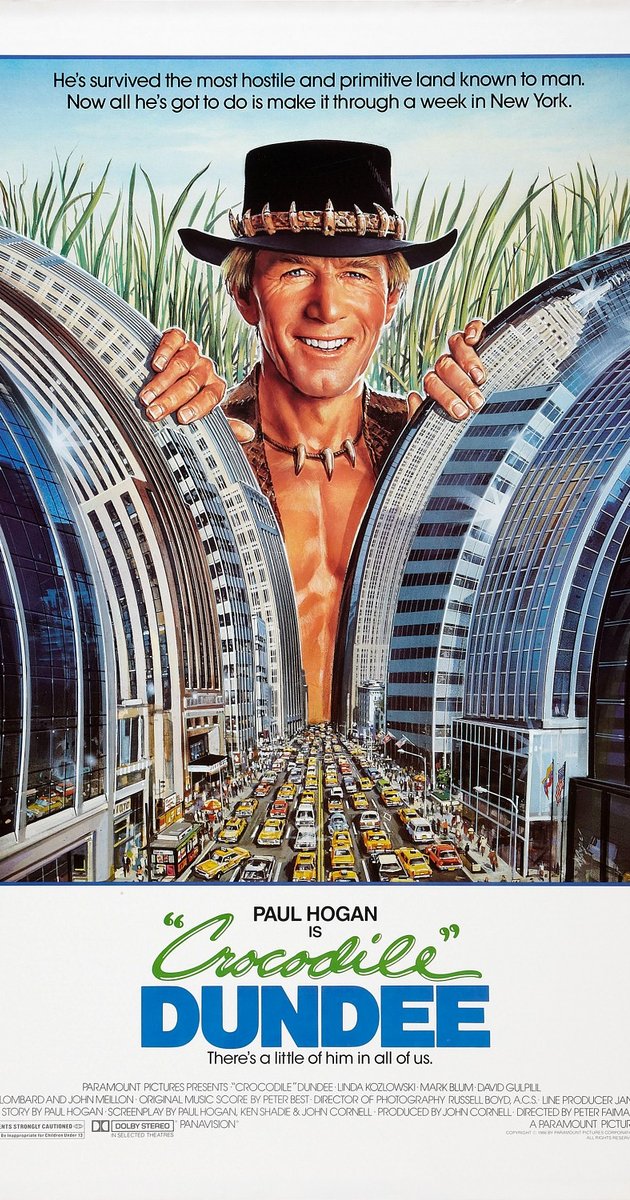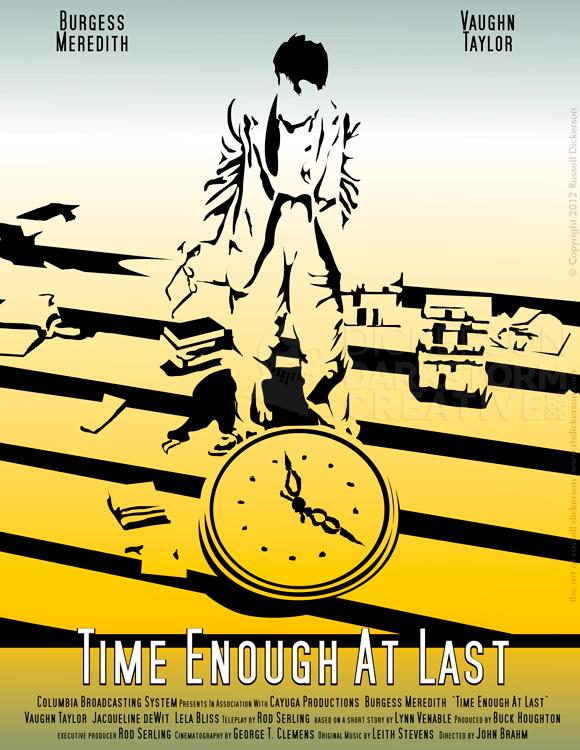Artist April McConn looked out the window of her studio, taking in the flat landscape of the Colorado plains as she started her new painting of ancient Rome. McConn has spent the last two years creating popular paintings of life in the Roman empire, despite not having access to the massive architecture the Romans are known for. McConn faces the challenges each day of painting with realism and accuracy, with only the reference models she finds or creates.
McConn and other artists have learned to use unique, often unexpected tools as references for things that either no longer exist or never have. Popular artist and Dinotopia creator James Gurney calls this type of painting “imaginative realism,” and finding the right tools to help portray both old and new worlds in a painting can lead to fascinating choices for references.
Angles and perspectives
Artists use unique angles to make portrayals in a painting more interesting. Painting a portrait of someone whose head is at an angle can be problematic, as lighting, proportions of facial parts, and the angle of the head can be difficult to paint. Products that feature open positioning of reference models, such as a filmmaker’s century stand or a Versapose Artist Reference Model, allow for the unique ability to set items like balls or plastic skulls at any angle that is needed for correct reference.
Landscape and Building References
Short of flying to Italy, historical artists like McConn find themselves without local references for ancient buildings and landscapes. In some cases, local buildings might at least provide general perspective reference for a painting. But having boxes, styrofoam, or building blocks in the art studio can be a more cost-effective and efficient use of time. Using Legos, or products like Project Bricks, specific architecture can be quickly and inexpensively created for reference.
Clay Maquettes
Where a more unique reference is needed, such as an extinct animal or particular person, a clay maquette is fast and inexpensive to create. Maquettes are small, rough sculptures intended only to get the main idea across, and using them for reference helps when a real item does not exist. Clay products such as Sculpey and general oil-based clays are inexpensive, and can be reused many times for different projects easily.
Plastic Foliage
Plants and other fauna can be problematic to paint, based on their inherent complexity. Many stores, from local hobby stores to Walmart, sell a variety of plastic plants and flowers for use in weddings, home decoration, and events. Plastic plants tend to be inexpensive, can be bent and reshaped as needed, and are durable enough to last through many projects.
Action Figures
Several companies provide human reference models, including skeletons, wooden mannequins, small figures like Art S. Buck’s gray models, and individual plaster body parts. Action figures, sold in most department and toy stores, are a great source for human references. Most action figures are easily re-positioned, highly articulated, and have strong features for reference. McConn uses an old Spiderman action figure as a starting reference for some of her Roman characters, as the action figure can be reset quickly into nearly any configuration.
Finding the right references can be problematic for an artist, especially when the painting portrays events and places not easily accessible to the painter. Artists now have many useful choices to pick from for references, from action figures and plastic plants, to styrofoam bricks and clay maquettes, to stands and models allowing for any angle. Saving money, time, and frustration, artists can flourish with easily found and implemented references, ready to continue on with their paintings.


